Student Success Through Assessment
In AY2024-2025, the Public Administration Division at UH West Oahu went through a revision process, looking at division …

In AY2024-2025, the Public Administration Division at UH West Oahu went through a revision process, looking at division …
Driven by the impact of COVID-19 pandemic on the global travel industry and the emergence of new job …
The Diversification requirement is intended to assure that every student has a broad exposure to different domains of …
“The ability of students to identify, interpret, and evaluate primary sources and other historical texts is crucial to …
At UH West Oahu, there are five Institutional Learning Outcomes (ILOs) including (1) Effective Communication; (2) Cultural Awareness; …
“To become a Native Hawaiian Place of Learning (UHM Strategic Plan, 2022) is to move toward Decolonial Indigenization …
This poster is about an effort to make better Journalism through better curriculum assessment as well as through …
“In 2021, the American Association of Colleges of Nursing (AACN) published the Essentials: Core Competencies for Professional Nursing …
The purpose of this project was to establish a systematic process to gather program learning outcome data. This …
For a Department serving approximately 120 graduate and 40 undergraduate students, our curriculum had remained stable for the …
The Business Division at the University of Hawai‘i–West O‘ahu has developed a unified assessment framework that integrates institutional …
This presentation reports on the collaborative efforts of Special Education faculty to review and revise program learning outcomes …
Formal assessment on our campus has faced challenges, including low engagement, lost records, and an unsatisfactory software repository. …
Working to establish a culture of assessment and improve outcomes assessment processes, the Office of Accreditation and Assessment …
The College of Education (COE) at the University of Hawaiʻi at Mānoa’s teaching licensure programs aim to prepare …
The Director of Core Education at Point Park University conducted an assessment cycle for the Information Literacy SLO …
In this poster, we present the results of our assessment project aimed at improving the capstone experience and …
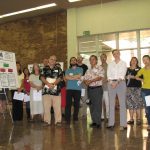
Several studies have revealed that successful mentoring affects college student retention. Also, research on attrition shows that the …

Given the complex nature of the requirements for the 6 degree programs offered by the department of East …
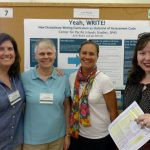
Pacific Island Studies at the University of Hawaiʻi at Mānoa has 6 teaching faculty and 20 majors enrolled …

The Filipino program has engaged in assessment activities in the past but these efforts are limited and uncoordinated. …
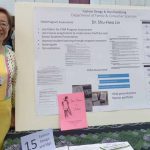
The mission of the instruction program in FDM is to provide students with appropriate knowledge and skills for …
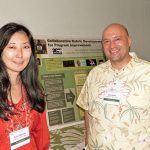
This poster is going to present how faculty in the Academy for Creative Media undergraduate program utilized an …

This study was intrigued by the needs to assess oral performance more systematically and to motivate students to …

SLS 150 (Learning Languages and Communicating in a Globalized World) is an introductory course mainly for first-year (freshman) …
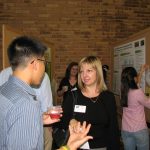
In Spring 2008, the English Department began assessment of student writing for the University’s Foundations Requirement in Written …

The Department of Linguistics Comprehensive Exam consists of two Qualifying Papers. In recent years the QPs have fallen …
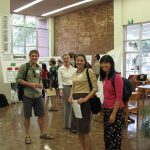
In the Spring of 2008, all students in Foundations in Writing (FW) courses were asked to select and …
During the 2020-2021 academic year, the English, Hawaiian and Foreign Languages, Speech and Communication disciplines in the Language …
The faculty of Hawaiian Studies (HWST) developed a blended assessment plan for our undergraduate program over the past …
Scholarship on language teacher education emphasizes teaching language skills. Yet preservice language teachers must learn more than grammar …
This project presents a signature assignment for Indo-Pacific culture courses to assess the students’ cultural competency by discussing …
The Department of History has been engaged in assessment work of our undergraduate major, identifying how we can …